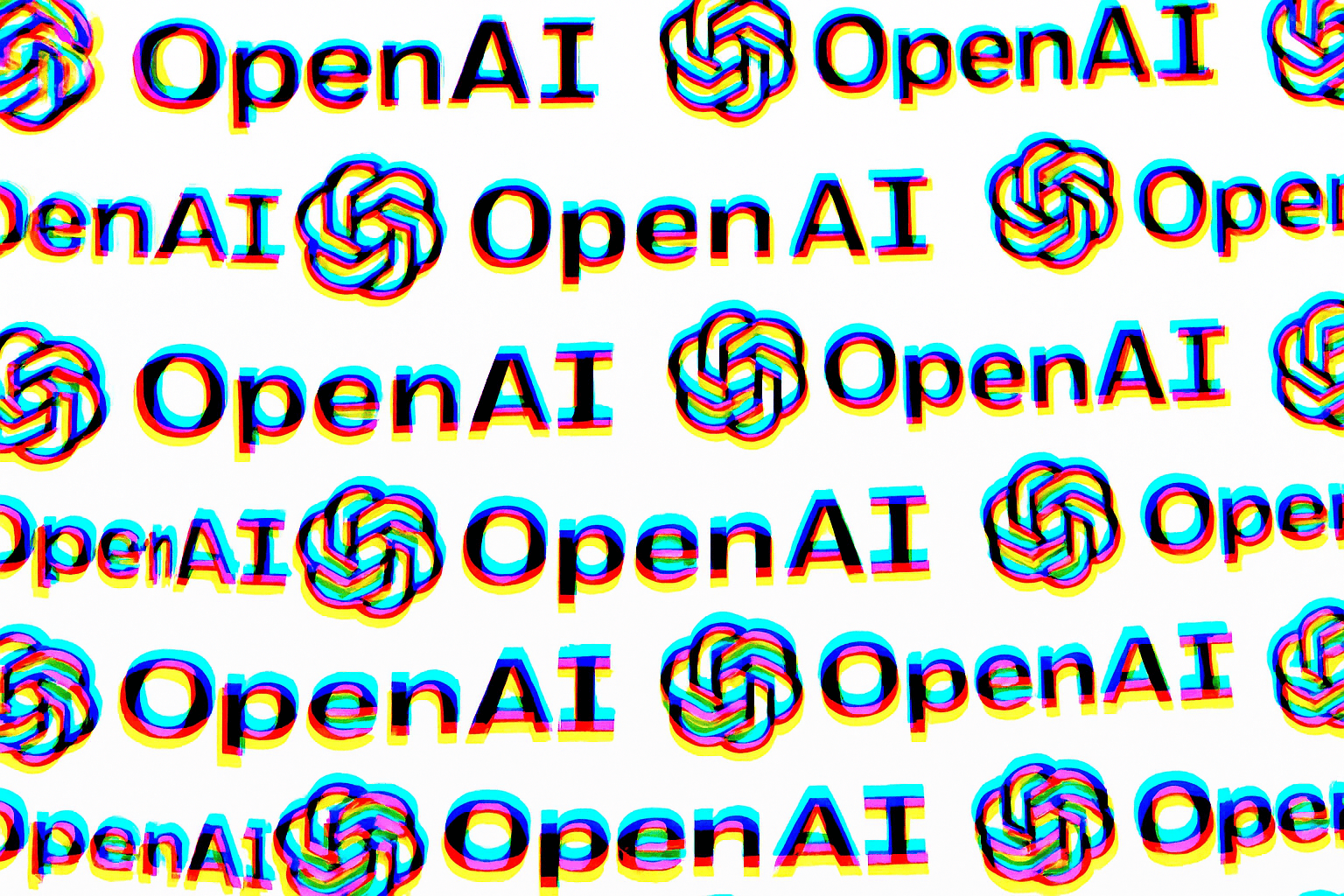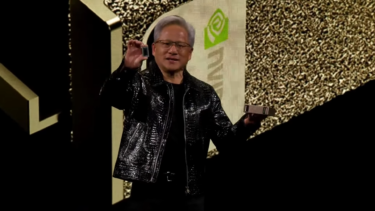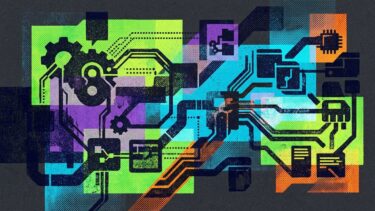Short
Adobe is launching AI Foundry, a service for companies that want to build their own generative AI models. The platform uses Adobe's Firefly models, which are trained entirely on licensed data. With AI Foundry, organizations can develop custom models for text, images, video, and 3D content based on their own brand assets and intellectual property.
According to Hannah Elsakr at Adobe, more businesses are looking for tailored solutions like this. AI Foundry is positioned as a legally secure alternative to other providers and aims to reduce legal risks for companies using AI. Pricing depends on usage, and one of the first customers is expected to be Walt Disney Imagineering.










